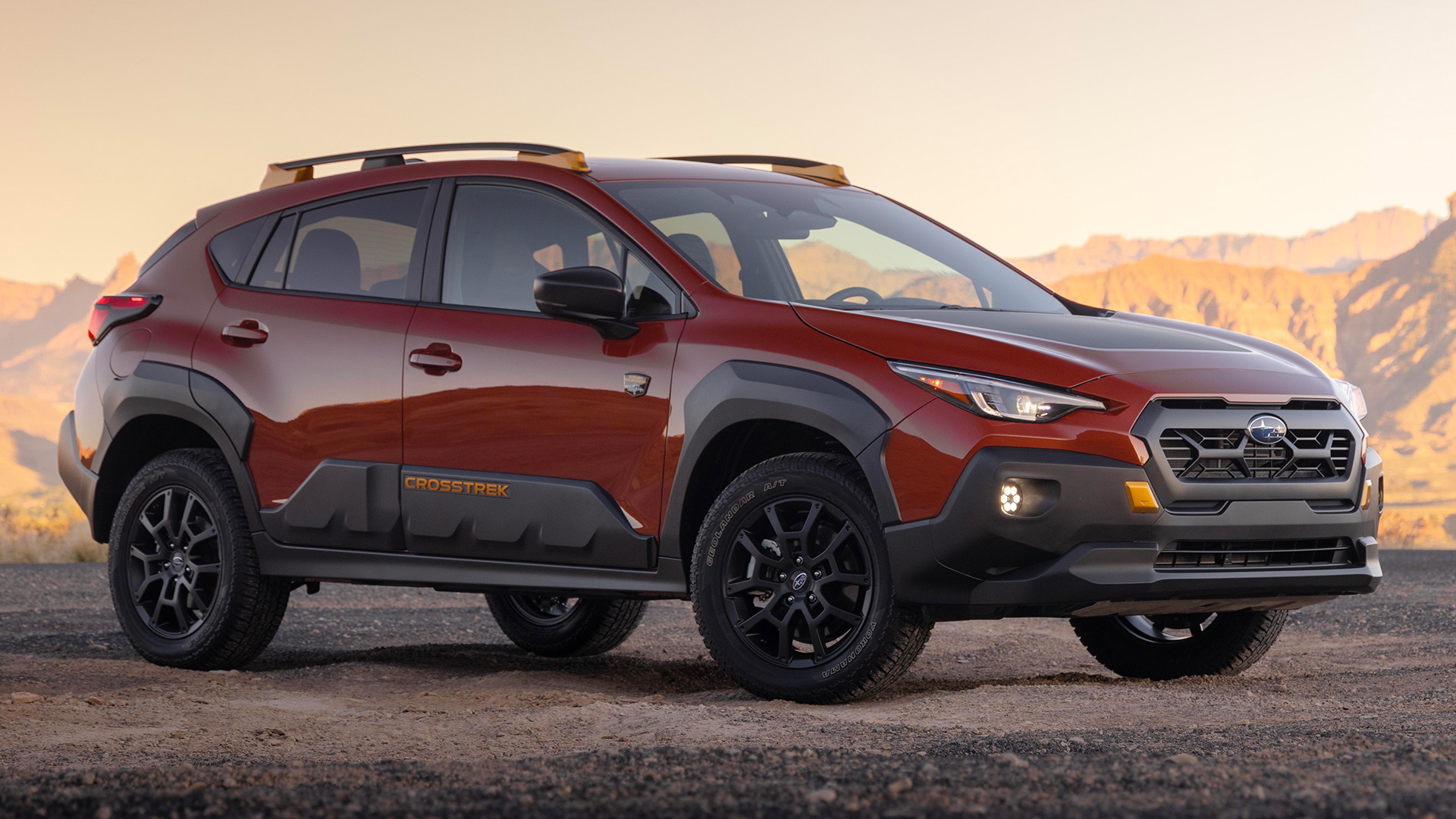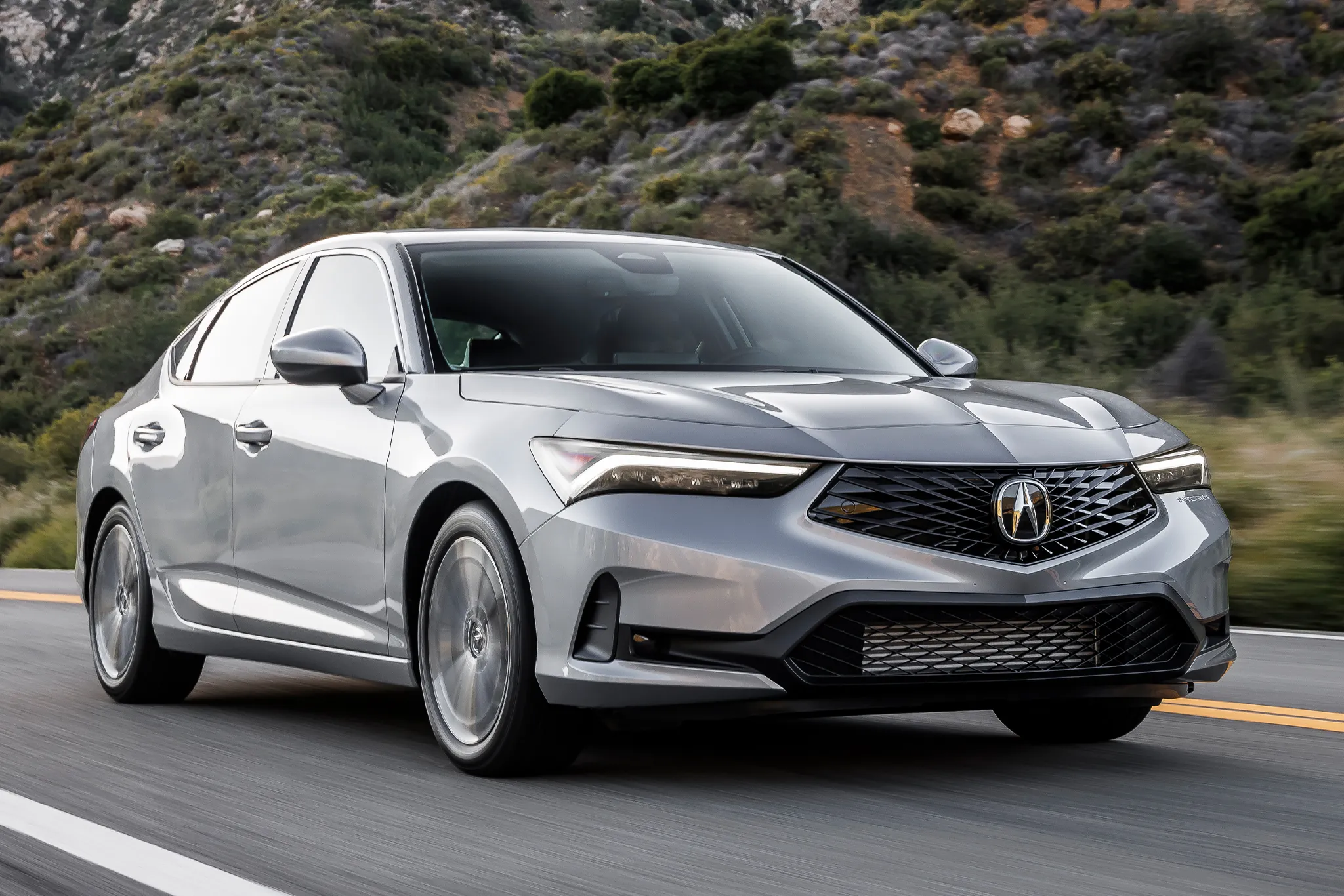

We may earn revenue from the products available on this page and participate in affiliate programs. Learn more ›
While reading up on new cars, you might’ve seen talk about an unfamiliar kind of transmission. Instead of a six-speed automatic or whatever, you may see a car that has a CVT. It’s an innovative transmission that can improve fuel economy and performance, though it may change the driving experience in a way that some drivers don’t like.
CVT stands for “continuously variable transmission,” so throwing transmission on the end is like saying “ATM machine.” (Let’s just call them CVTs from now on.) They operate differently from conventional geared transmissions, which use several sets of gears to optimize acceleration and efficiency based on what the driver wants. CVTs don’t use gears, but understanding them is still easier if you get how gear ratios work.
So, let’s start there.

How Do CVTs Work?
Gears work on the principle of leverage, where it’s easier to turn something with a long handle, but harder to spin it at high speed. You can spin a top with your fingertips, but you can’t loosen a bolt with them—you need a wrench for that, which you can’t swing fast enough to spin a top. In one situation, you need maximum force; in the other, you need more speed than force, so leverage doesn’t matter.
That’s how gear ratios work everywhere, from your bicycle to your car. In a low gear, the engine spins a small input gear that turns a larger output gear attached to the wheels. This acts like the wrench, turning the wheels with ease but not reaching a high speed. That’s when your transmission will use another gear ratio to turn the wheels faster but with less force.
Eventually, you may get overdrive, where the input gear is bigger than the output. At this point, your engine is turning fewer rpm than your wheels. It’s great for efficiency on the move, but it doesn’t make enough force to be used in stop-and-go traffic.
But transmissions can only contain a limited number of gears, so they sometimes operate in one that’s not perfect for the speed you’re driving. That’s where CVTs come in.

Instead of using gears, CVTs use a belt or chain pulled tight between two sets of cones on parallel shafts. One is an input shaft attached to the engine, the other is an output that turns the wheels. You already know how that works in a geared transmission, so here’s the curveball.
To simulate a wide range of gear ratios, a CVT will slide the cones on each shaft closer together or further apart. This moves the pulley up or down the cone, inward or outward—around a smaller or larger circle. See where this is going? The cones adjust the input to output ratio on the fly, as dictated by computerized throttle input. This sets the “gear” ratio (and engine rpm) based on whether the driver wants efficient cruising or acceleration power.
In theory, a CVT combines the best of all worlds: Simplicity, efficiency, and performance. It’s why Formula 1 briefly experimented with CVTs, but quickly banned them before they could upset the sport.
What Are the Cons of a CVT?
Still, CVTs aren’t perfect. There are still trade-offs to using one. Because CVTs adjust constantly based on driver input, they tend not to be as responsive as geared transmissions and don’t quickly turn full throttle into max acceleration. (That’s now common in geared automatics too, though.) Throttle response is rarely make-or-break outside of performance cars though, which generally don’t use them anyway.

That’s in part because enthusiastic drivers don’t love the droning engine sound that a well-calibrated CVT imposes. Even if it makes their car faster, they prefer the experience of the engine rpm rising and falling. Some other drivers also found CVTs’ lack of shifting unsettling, though many CVTs are programmed to pretend they have gears these days.
Other drivers may also be repelled by problems that some early CVTs had. One particular CVT design from Jatco, which sold the transmissions to Nissan, Mitsubishi, and Suzuki, became notorious for wearing out and failing early. According to technical publication Gears Magazine though, these problems have been remedied. Since then, newer CVTs haven’t shown signs of being much less reliable than geared transmissions.
Why Are CVTs Popular?
Between CVTs achieving optimal gas mileage and their improved reliability, they’re exactly what most drivers are looking for these days. If those matter more to you than the sound of an engine or whether your car leaps with the smallest touch, then you can reap the rewards of the CVT.